Your cart is empty
Keep ShoppingThe significance of Māori ocean lore and the hei matau
The ocean is deeply rooted in Māori worldview and culture and thought by many as the foundation of all life. Protected by the gods, it is a source of food and a place of ritual and spiritual connection, steeped in legend and stories telling of the creation of Aotearoa.
In this blog, we explore the significance of the ocean in Māori culture and how pounamu Hei Matau are worn today as a connection to the sea.

A source of food and nourishment
Navigating by sea from Polynesia between 1100 and 1300 AD, Māori ancestors arrived in Aotearoa as skilled fishermen steeped in rich fishing traditions and practices. As the ocean was always a significant source of food and nourishment, they adapted to local conditions, species and materials and taught their fishing knowledge and skills to future generations.
Fishing was therefore of major importance to pre-European Māori, with kai moana (food from the sea) being a significant component of subsistence, providing vital proteins and fats for tribe members. Māori believed that every fish in the sea was a descendant of Tangaroa, God of the sea.
Māori harvested the rich fisheries of New Zealand efficiently and sustainably using tools fashioned from natural materials and by closely observing the maramataka (the Māori lunar calendar) and inherent rhythms of the natural world to guide the fishing season and best days for fishing.
Māori used tools and tactics which rival modern recreational fishermen, and there were few marine species they could not catch.

They caught small game fish such as kahawai and barracouta with pā kahawai (trolling lures) trolled behind waka (canoes), with fish attracted to flashes of colour from the iridescent pāua shell that lined the wooden shank of the lure. For larger prey such as hāpuku (groper), Māori used matau (fish hooks) made of bone, stone, shell or strong wood hardened by fire, with designs developed over thousands of years. They also harpooned sharks and dolphins with spears and utilized flax (harakeke) to make traps and nets spanning up to a kilometer.

Image above: Pā kahawai
Unlike metals that can be forged and shaped, Māori were restricted by the limitations and structure of natural materials when making fishing tools such as the matau. This resulted in designs that early European explorers, settlers, and historians described as “odd”, “ill-made” and “unlikely effective at catching a fish”.
Yet, matau crafted by Māori were simple, ingenious, and resourcefully constructed.

Image above: Matau (Fish Hook)
The unusual design was related to how the matau functioned, catching fish by rotating away from the direction of the point and trapping a fish's jaw rather than penetrating it as a modern metal hook. The variety of matau represents the many kinds of fish caught and the many techniques used.
After the arrival of European explorers, Māori continued to make matau. However, the use of traditional materials for their design rapidly declined in favour of new materials such as metals and imported fibres.
A place of legend
The central nature of fishing and the ocean is reflected in Māori mythology, with perhaps the most versed story being of the bold and daring demi-god Māui and the creation of Aotearoa.
Legend tells that Māui and his brothers set off on a fishing expedition. However, the elder brothers did not want to take Māui, so he hid in the canoe and did not reveal himself until they were far out at sea. Emerging from his hiding spot, Māui convinced his brothers to row to the deepest part of the ocean. Here, he cast a magic matau (fish hook) crafted from the jawbone of his grandmother deep into the sea. Māui chanted powerful words as it sank.
Soon, Māui realised he had caught something. Something huge!

With the help of his brothers, Māui hauled his catch to the surface. Much to their surprise, the fish they had caught was a large piece of land, and they were delighted to find that they had discovered "Te Ika a Māui"(Māui’s fish), which we know today as the North Island. In some traditions, Māui’s waka (canoe) became the South Island, known as Te Waka a Māui.
Delighted with his catch, Māui tossed his matau far up into the sky where it hung outlined with bright stars – the constellation referred to in the Western world as Scorpio is known to Māori as the Fishhook of Māui.
This ocean lore of antiquity and significance gets passed from generation to generation - cementing the Māori worldview and the interconnections of all living and non-living things.
Rituals and spiritual connection
As the ocean is connected to the Gods, rituals, talismans, and other marks of respect are integral to the practice of fishing and tapu (spiritual restrictions) surround almost all aspects of fishing. Karakia (Māori prayers) are offered to Tangaroa and other Gods of the sea, inviting them to send a bounty of fish. It was also common practice to return the first fish caught to the sea.
Tangaroa ruled his realm with a specific set of laws. He said, ‘Tiaki mai i ahau, maku ano koe e tiaki,’ meaning ‘If you look after me, then I will look after you.’ Traditionally, Rahui (temporary ritual prohibitions) are often in place on stretches of ocean waters as a conservation measure.
The ocean also holds spiritual significance for many Māori who believe it is a living entity with a mauri (life force) and an energy and spirit that can be calm and life-giving, or dangerous and destructive.
Pounamu Hei Matau
Today, pounamu Hei Matau are worn as a connection to the ocean, fishing and Tangaroa. They are believed by many to grant strength, protection, prosperity, and safe travels to the wearer.
Over time, jade artists have stylised the motif, yet traditional matau designs and Māori mythology continue to inspire the creation of pounamu Hei Matau.


SHOP HEI MATAU
-

Exploring Māori surface designs and patterns
Toi, or Māori art, evolves around four primary art forms: raranga (weaving), whakairo (carving), tā moko (tattooing) and peitatanga (painting). Across these art forms, distinguishable surface designs and patterns are...
-
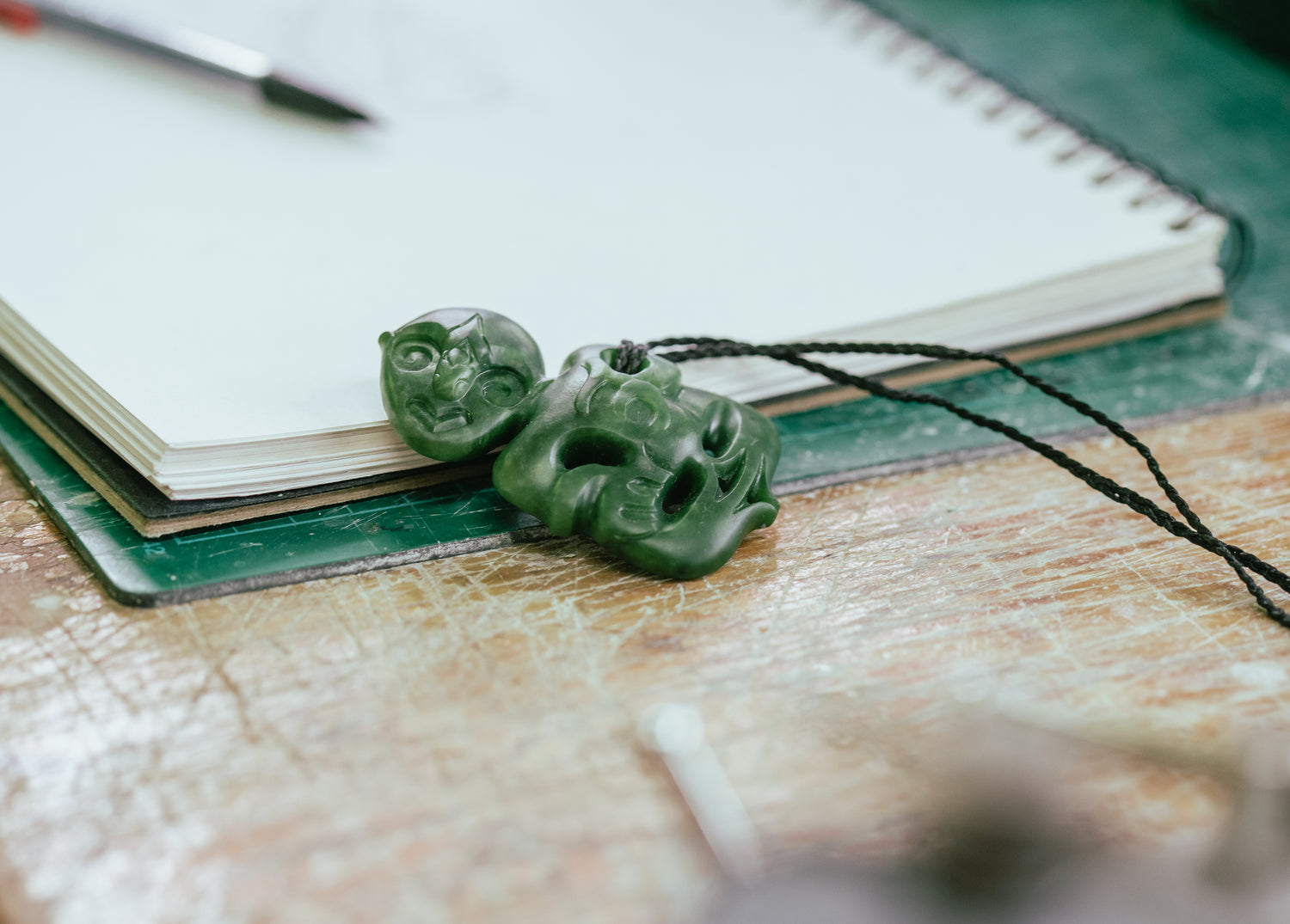
Customary uses and meanings of the Hei Tiki
Traditional Māori personal adornments take a wide variety of forms, and although all are greatly treasured, the Hei Tiki is most esteemed and highly prized. Thought to represent the human...


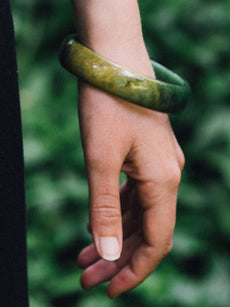
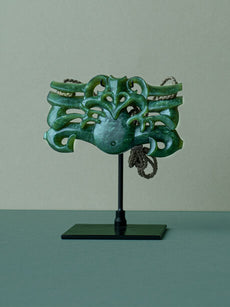
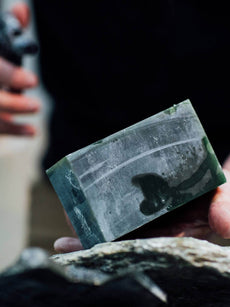
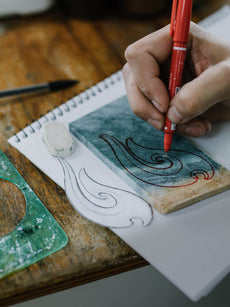

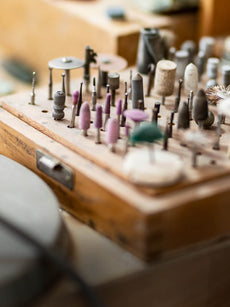

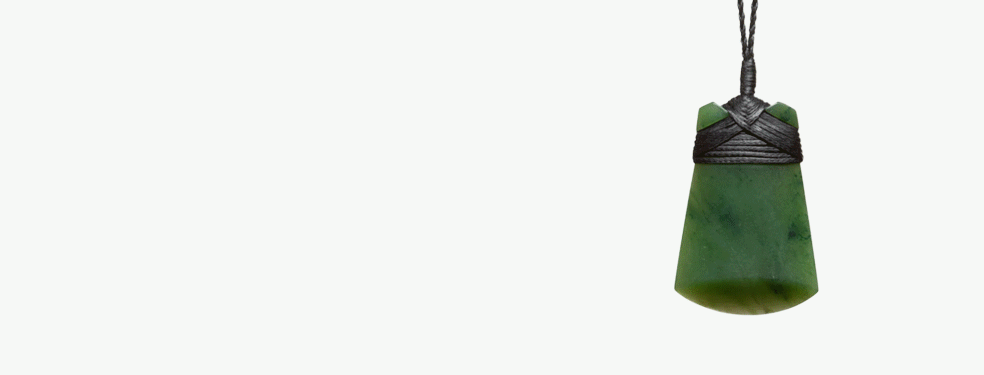
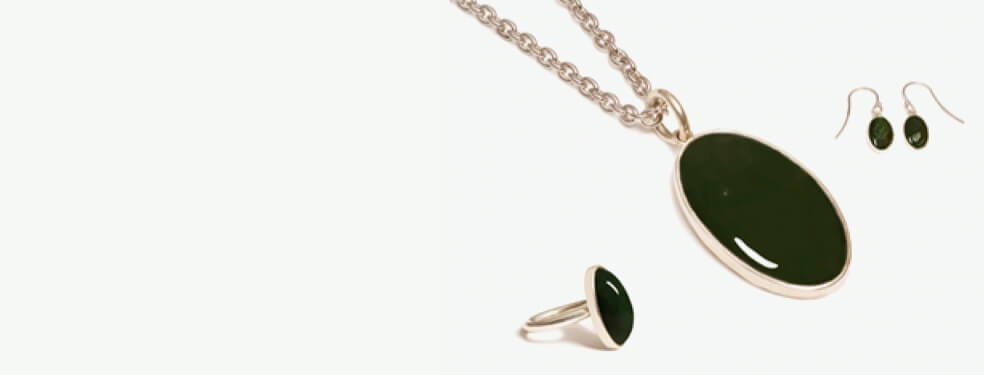
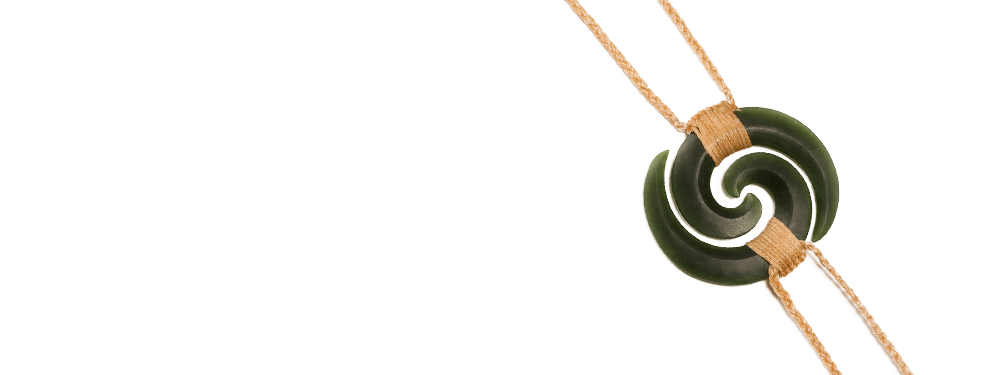
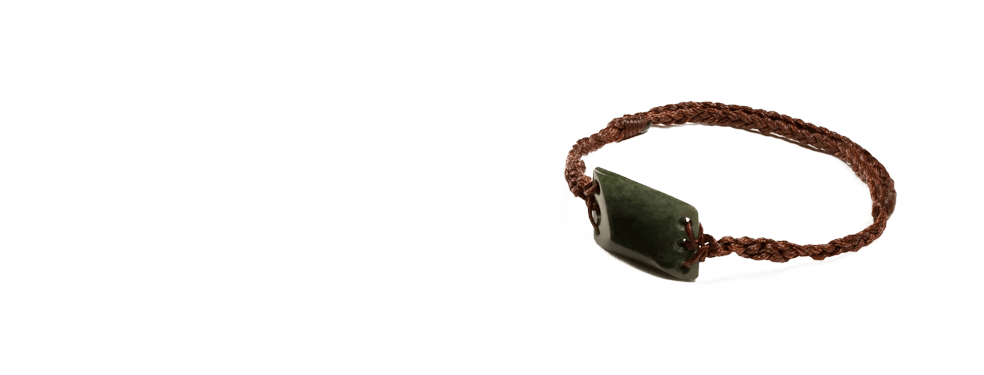

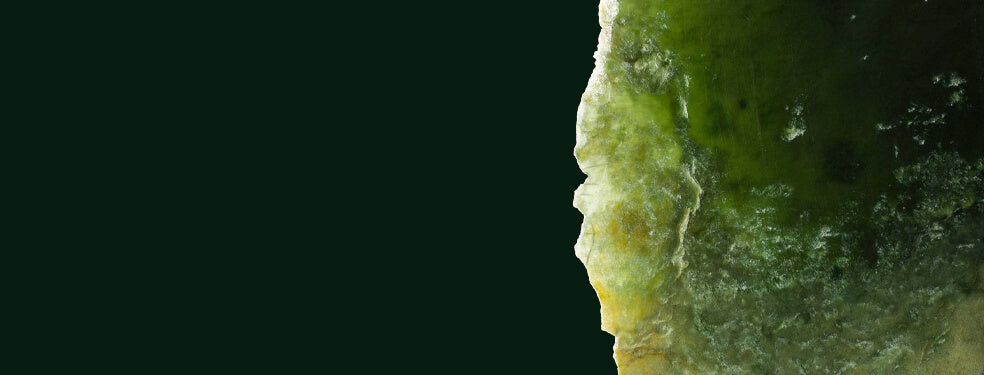
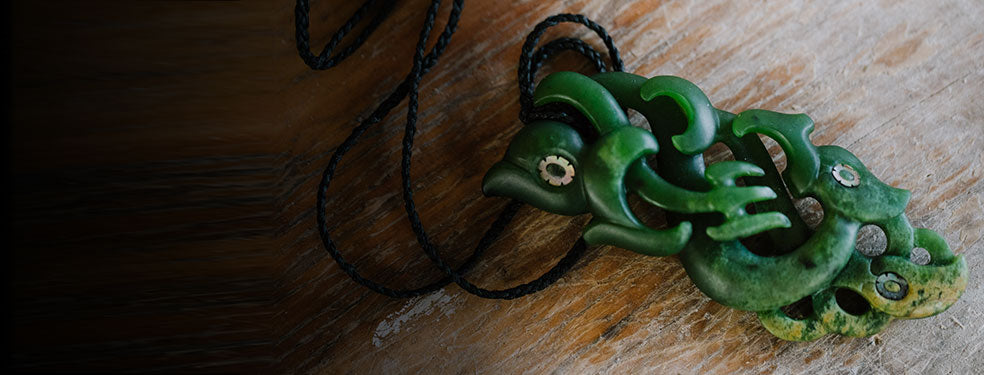






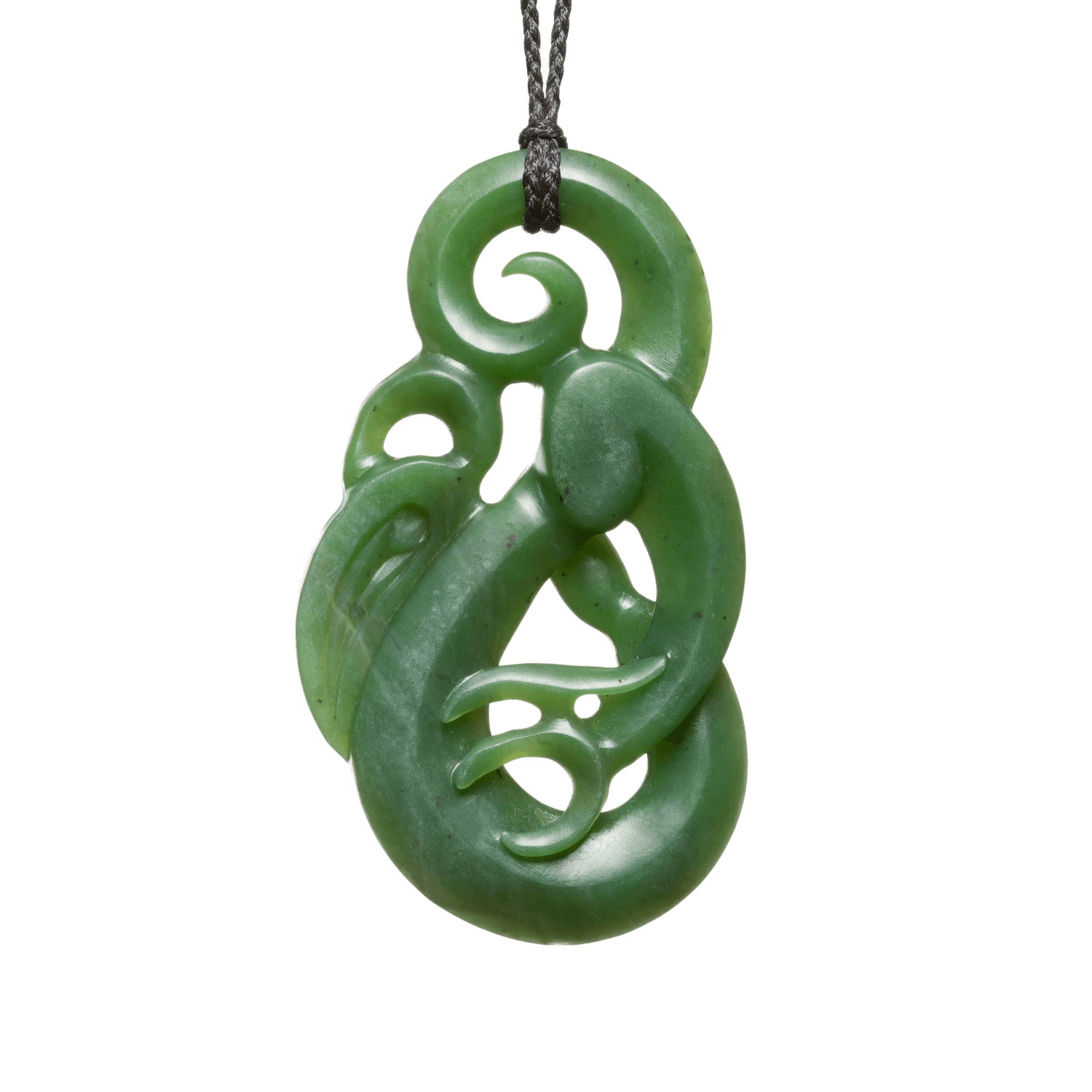
Follow Us
Stay in the know on new releases, special offers, and more.